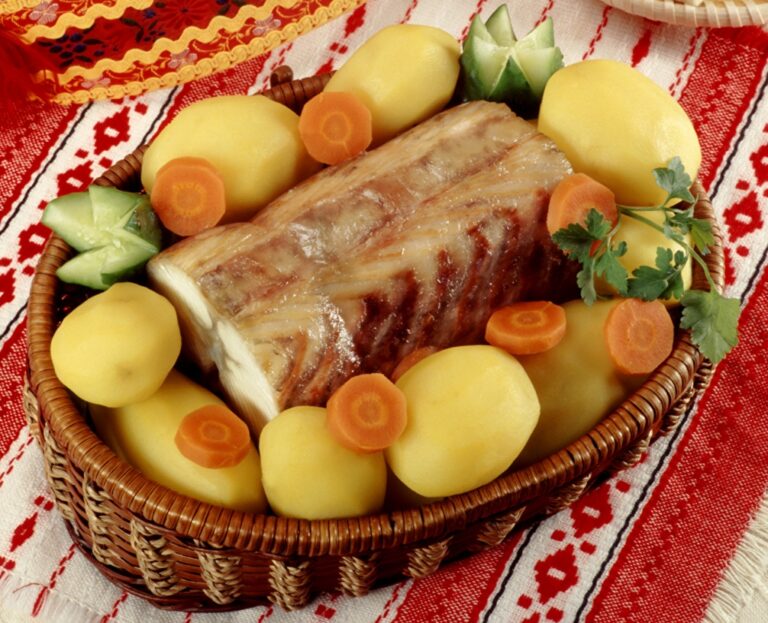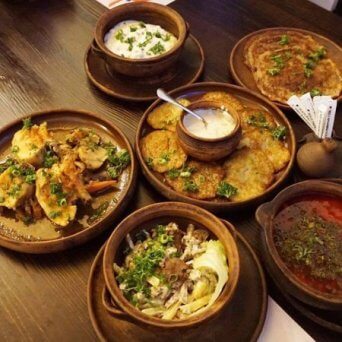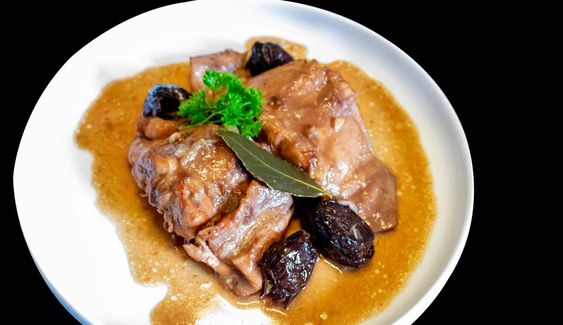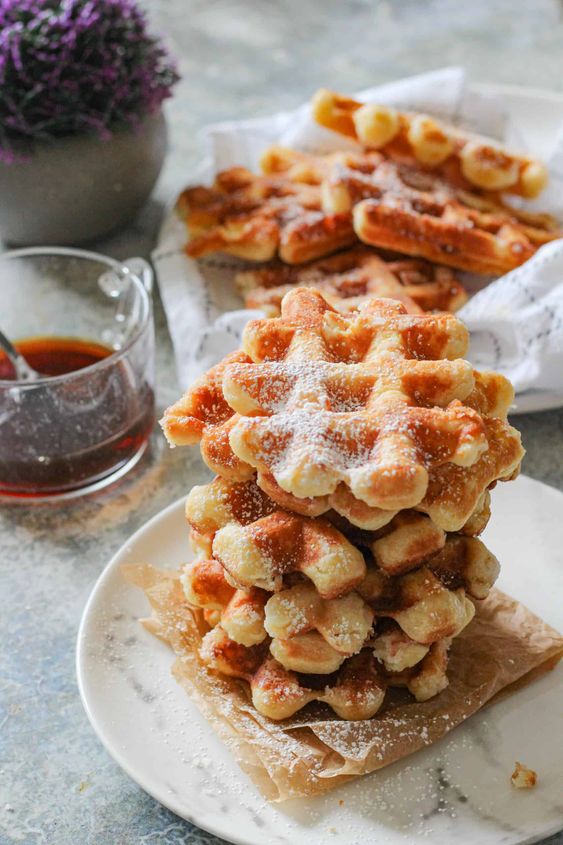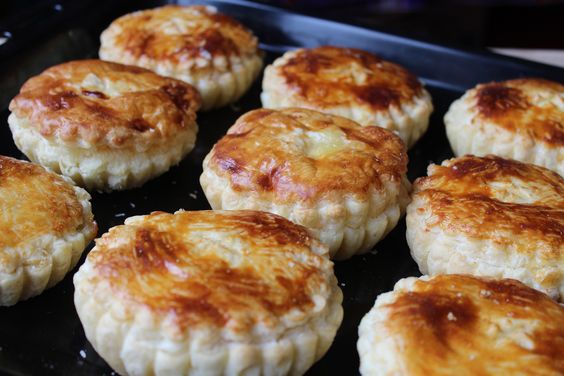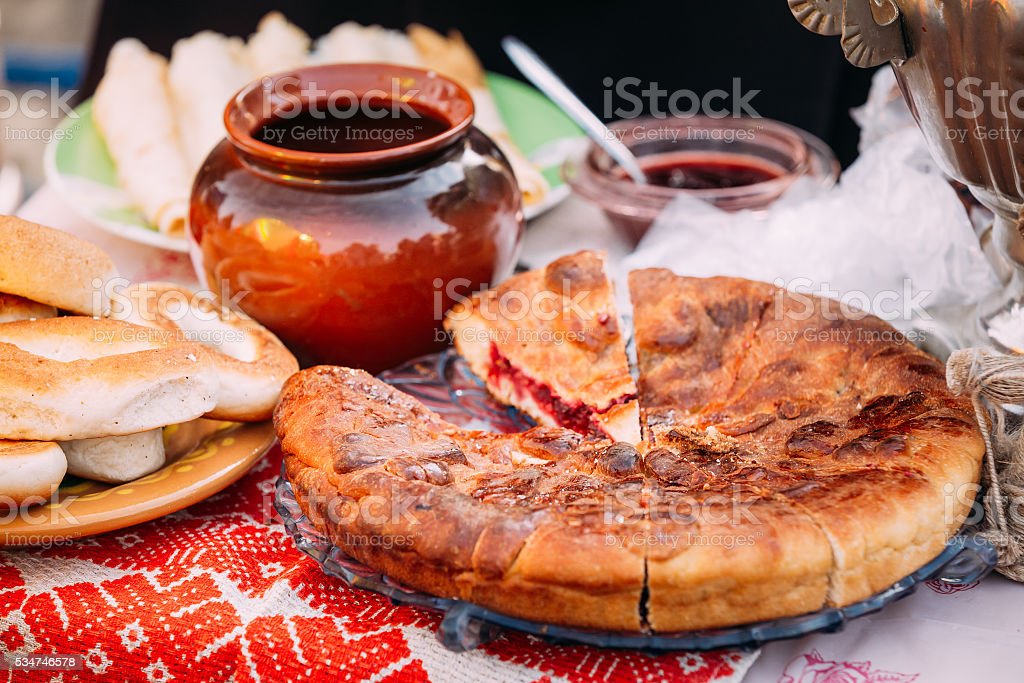Introduction: Belarusian Cuisine
Belarusian cuisine is a treasure trove of hearty and filling dishes that are designed to keep you warm in the cold eastern European winters. This cuisine is heavily influenced by its Slavic roots, and offers a variety of dishes that are sure to tantalize your taste buds. From rich soups to hearty meat dishes, Belarusian cuisine has something to offer everyone.
Meat in Belarusian Cuisine
Meat is a staple in Belarusian cuisine, and is often the centerpiece of many dishes. The most commonly used meats in Belarusian cuisine are pork, beef, and chicken, although game meats such as rabbit and venison are also occasionally used. Belarusian meat dishes are typically slow-cooked, resulting in tender and flavorful meat that falls off the bone.
Draniki with Meat
Draniki, also known as potato pancakes, are a popular Belarusian dish that is often served with meat. The meat can be anything from pork to beef, and is typically cooked in a rich sauce that complements the flavor of the potato pancakes. Draniki with meat is a hearty and delicious meal that is perfect for cold winter evenings.
Machanka with Meat
Machanka is a traditional Belarusian dish that consists of pork cooked in a creamy sauce made from sour cream, flour, and onions. The pork is typically slow-cooked for several hours, resulting in tender and flavorful meat. Machanka with meat is often served with draniki, making for a filling and delicious meal.
Kalduny with Meat
Kalduny are a type of Belarusian dumpling that are typically filled with meat and served in a rich broth. The meat can be anything from pork to beef, and is typically slow-cooked for several hours to ensure that it is tender and flavorful. Kalduny with meat is a perfect meal for a cold winter day, as it is hearty and filling.
Kletski with Meat
Kletski, also known as potato dumplings, are a popular Belarusian dish that is often served with meat. The meat can be anything from pork to beef, and is typically slow-cooked in a rich sauce that complements the flavor of the potato dumplings. Kletski with meat is a hearty and delicious meal that is perfect for any occasion.
Zrazy with Meat
Zrazy is a traditional Belarusian dish that consists of beef or pork that is stuffed with a mixture of vegetables and spices. The meat is typically slow-cooked for several hours, resulting in tender and flavorful meat that is bursting with flavor. Zrazy with meat is a perfect meal for a special occasion, as it is both delicious and impressive.
Conclusion: Meat Dishes in Belarusian Cuisine
Belarusian cuisine is a celebration of hearty and filling dishes that are designed to keep you warm and satisfied. Meat plays a central role in this cuisine, and is used in a variety of dishes that range from draniki with meat to machanka with meat. Whether you are looking for a filling meal on a cold winter day or a special meal for a special occasion, Belarusian meat dishes are sure to satisfy.


